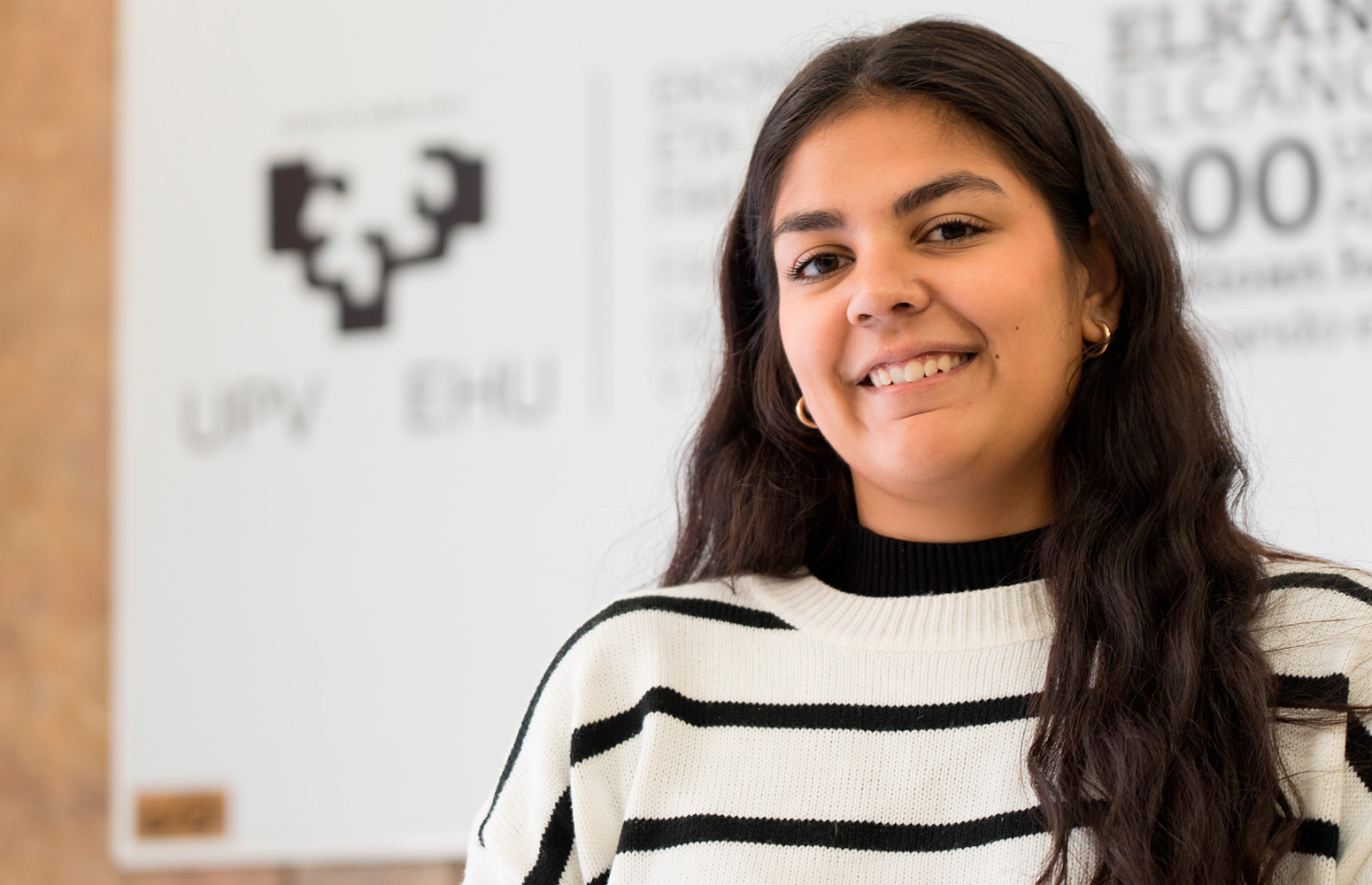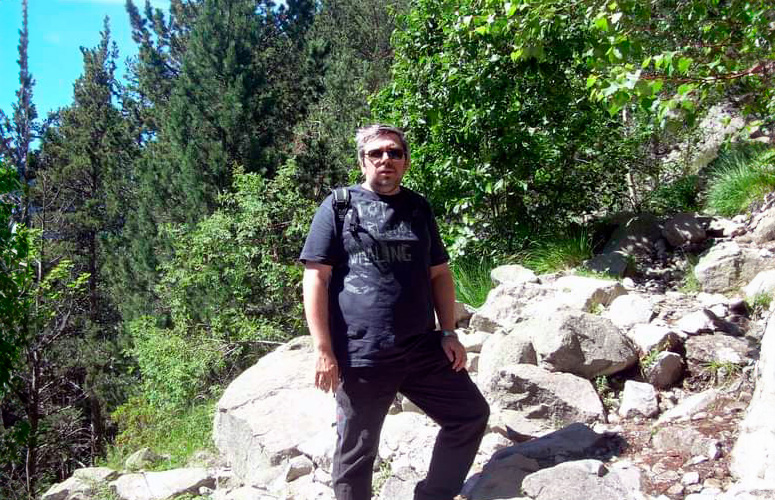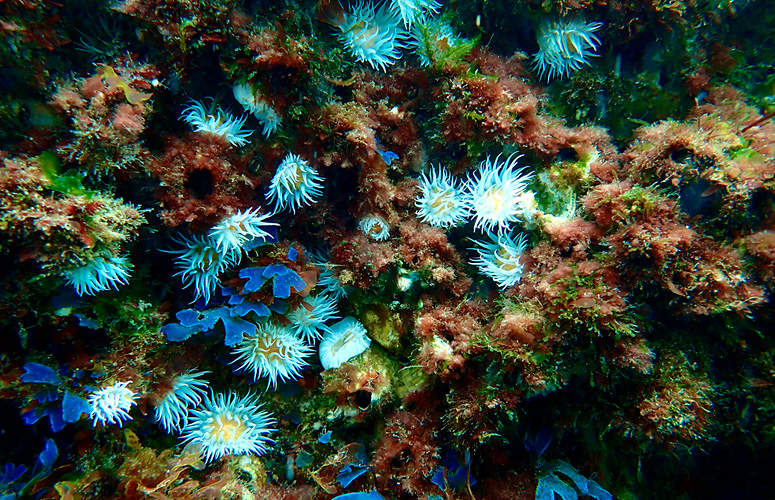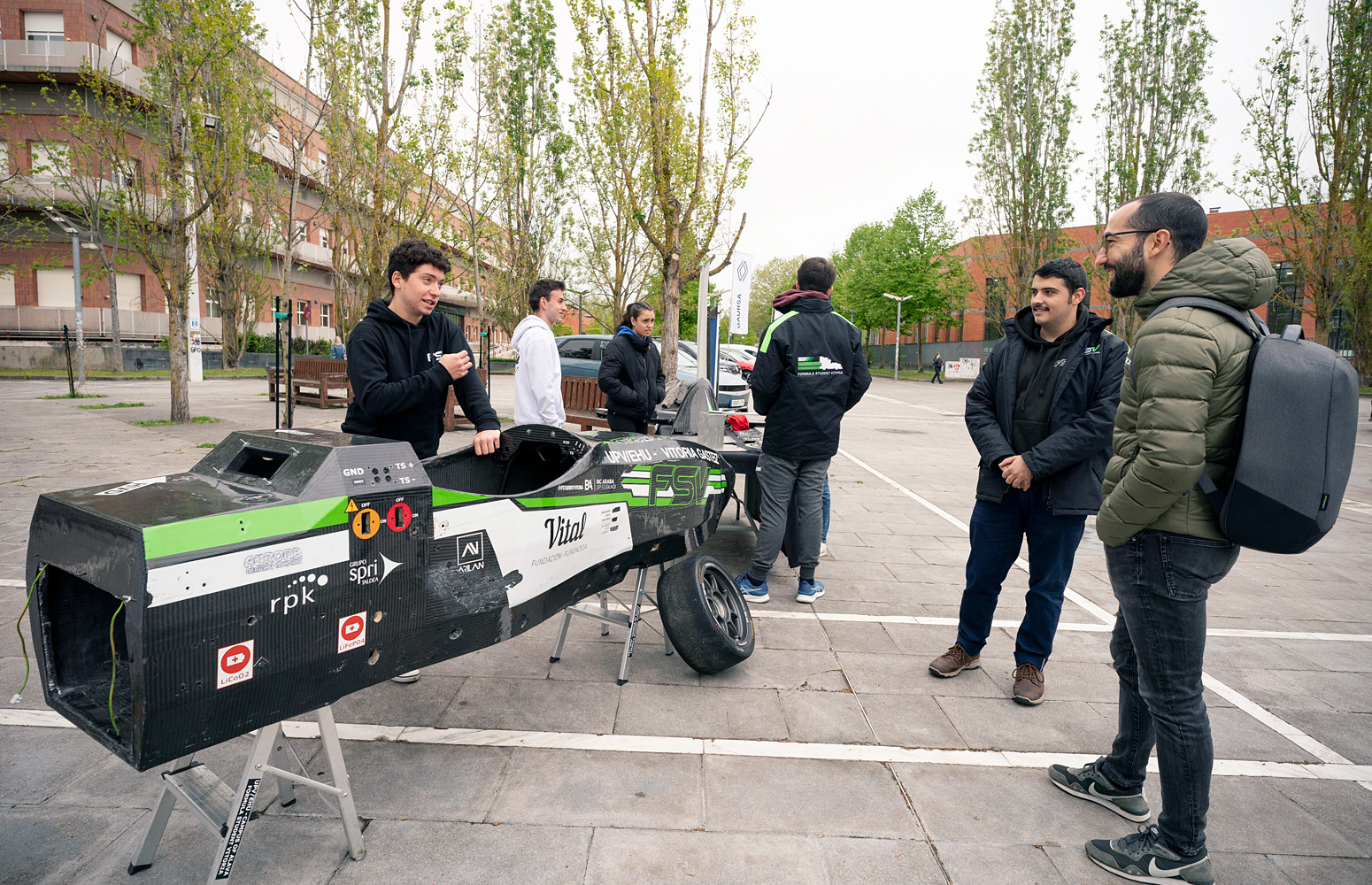-

In memoriam: Arturo Muga
-

Violeta Pérez Manzano: «Si mi voz llega a una sola persona gitana y eso le inspira, ya habré cumplido»
-

In memoriam: German Gazteluiturri Fernández
-

Azúcar y edulcorantes ¿Qué debo saber?
-

El aumento de la temperatura superficial del mar ha provocado profundas transformaciones en las comunidades de macroalgas
Iñaki Zabaleta Urkiola
Minority Language Media: Creating Better Communities and Europe (*)
Full professor of Journalism and head of HEKA (European Minority Language Media and Journalism) research group
- Cathedra
Fecha de primera publicación: 03/05/2019

Este artículo se publica en el idioma en el que originalmente se ha escrito.
Probably, there won't be much dispute over the statement that nation-states, majority languages, and mainstream media constitute a triangle of power and homogenization of most fundamental aspects of social life and identity.
Nation-states act as the main producers of a common and more homogeneous social and cultural identity within their geographical borders. It's the very essence of nation-statehood, going beyond the concept of imagined political community (Benedict Anderson, 1983).
Majority languages become the necessary instrument of nation-states to connect people, transform them into citizens and create the symbolic sense of community and identity. The language strategies that nation-states carry out to consolidate themselves may be placed within a continuum of language power.
The Spaniard Antonio de Nebrija (1441-1522), author of the first Spanish Grammar in 1492 (Gramática Castellana), offered the book to Queen Isabel of Castile with these words:
"After Her Highness put under Her yoke many barbarous peoples and nations of strange languages; and with their conquer, those peoples had the need to receive the laws that the victor puts to the vanquished and with them our language" (page 8.)
That was a clear example of language as hard power. Indeed, minority languages and communities, in many parts of the world, have a history that can be described along a temporal scale of hard repression, constraint, later tolerance with contempt, and currently, the situation goes from promotion in some countries to neglect in others.
In all circumstances, however, language erosion is now stronger than ever, due to the interdependent processes of digitalization, globalization and migratory movements.
The third element of the triangle of power is the media, mainstream media particularly. Walter Lippmann (1921, Public Opinion, p. 229) considered that “at its best, the press is a servant and guardian of institutions”. Jeremy Tunstall (2007, in Global Media and Communication, p. 323) claimed that “national level media are closely linked to the education system, to the national language, to national political power, and to general national culture”.
Minority languages
But there is another and varied world of minority language media and communities, which is largely unknown and undervalued. In fact, the European Union alone is home to over 60 indigenous regional or minority languages, spoken by some 40 million people. Without subscribing to a strong version of the Sapir-Worf hypothesis of linguistic determinism and relativity, it's scholarly coherent to state that they breed different cultural and social networks, produce some impact on the social and political configuration of society and have the potential to inform mainstream scholarship as well.
In Europe, the two legal frameworks to foster regional and minority languages and media are the European Charter for Regional or Minority Languages and the Framework Convention on National Minorities, both adopted by the Council of Europe.
The Charter, which entered into force in 1998, has been ratified by 25 countries, including Spain and the United Kingdom, but 21 haven't either signed it (Belgium, Greece, and Ireland among them) or ratified it (France and Italy for instance). Therefore, there are currently many countries in Europe that do not support or protect their regional or minority languages. As a side note, it is worth mentioning that the classification set up in the first Article of the European Charter may lead to uncertainty for it comprises both minority languages and minority communities.
Minority language media systems
The systematic and cross-community investigation carried out for over eighteen years by the UPV/EHU research group HEKA (European Minority Language Media and Journalism) on monolingual media and journalism in ten European minority languages –that is, autochthonous minoritized languages with a minimum media system– has made it possible to configure a European framework of minority language media systems.
The ten languages under analysis, scattered from the North to the South of Europe, are Basque (0.9 million speakers), Catalan (7.2 million), Galician (2.2 million), Welsh (0.6 million), Irish (0.8 million), Scottish-Gaelic (60,000), Breton (0.3 million), Corsican (0.2 million), Frisian (0.5 million), and Sámi (25,000), totalling over 12 million speakers and representing 34% of the total population (37 million approx.). Some of them (Catalan, Basque, Frisian, Irish and Sámi) are divided into more than one state and even more than one administrative region. On the other hand, those speaking figures, obtained from official statistical agencies in most cases should be taken as approximate estimates since there are different types and gradations of language competence as well as age ranges.
The ten communities sum 1,070 monolingual media outlets and 4,832 full-time journalists that help create a particular public sphere, build identity, and provide democratic and public access to media production and publication. The total annual revenue or economic weight is EUR 1,079 million, of which 92% is in the hands of public media, 5% in private and 3% in socially-owned outlets. As for media type, 78% of the income goes to TV, 15% to radio, 5% to print press and 2% to cybermedia or only-online media (aka digital native media).
As for the news organizations, three layers can be established: On the top, the Catalan language media system, with 757 monolingual outlets and an economic weight of EUR 630 million, constituting a complete, diversified and powerful system with a whole range of major media in print press, broadcasting, and cybermedia; on an intermediate layer we place three communities (Basque, Welsh, and Galician), which have a noteworthy number of news organizations of general and local reach (between 60-125 outlets in total) and a varied range of major media, including radio, TV, print dailies or weeklies; at the lower level in terms of media size we locate the other six media systems (Irish, Breton, Frisian, Sámi, Corsican and Scottish-Gaelic), each having between 2-12 outlets, most of then of general reach.
Focusing on Internet performance, our research indicates that nine out of ten traditional media outlets (press, radio, and TV) have a website or a social media account. More precisely, considering that social media are relevant channels to interact with the community, 75% of the traditional outlets have accounts (mainly Twitter and Facebook), which also implies that 25% don't. The rationale for that absence is varied, going from lack of expertise and resources as it happens with Welsh local magazines, to other issues of insufficient public funding scheme devoted to digital development. As for the specific sector of cybermedia or only-online outlets, it has had a very strong increase in most communities, with the exceptions of the Sámi, Corsican and Scottish-Gaelic language media.
Thus, it could be concluded that public media, clustered in the broadcasting sector and their websites, act as the backbone in most European minority language media systems. But going beyond the dependence on public institutions, the more developed media systems have a noteworthy sector of private and socially owned outlets, as well as a substantial segment of local outlets and cybermedia. Precisely, private and socially owned media managed the economic crisis of 2009 much better than public media.
Media development index
The comparative and multivariable character of the research conducted by HEKA has enabled to put together a Development Index for Minority Language Media. In this preliminary Index, we integrate two theoretical constructs: Media Density and Economic density. The former is clustered around three elements, namely, the number of speakers per outlet, per major media and per journalist; and the latter is defined as the number of speakers that could be served with one thousand Euros of the economic weight of each community.
Media ecosystem
But a media system, well developed as it may be, does not become a media ecosystem unless there is audience engagement in the form of media consumption and interaction.
Unfortunately, in most communities, minority language media audiences are quite small due to the competition of majority language media; the internal limitations of the news organizations as well as of the potential market and audience; and the sociological and psychological attributes and realities of the speakers.
Therefore, since minority language use is declining in a number of communities, or not increasing as expected, it is necessary to attract speakers to their language content, to create interactive networks between journalists and audience/readers by intensifying social media interaction. In short, it's essential to promote the establishment of an active community committed to the news organization project and funding.
On that endeavor the concept and practice of journalism is critical and –in addition to the interpretive, disseminator, adversarial and populist-mobilizer functions that standard mainstream research assigns to professional journalism (Weaver and Wilhoit 1996; Weaver 2006)– results of our research indicate that journalists want to incorporate a specific pro-language role to the definition of journalism in their minority language media.
Definitely, now that the European Union of states is in crisis, hastened by exit processes and right-wing ideologies and movements in many countries, now that a new political winter of cold and prejudice is demanding (again) the exclusive primacy of majority languages, it may be fair and progressive to look at the Europe of Peoples, of regional and minority language communities, and more concretely to their media systems for a more real, community-based, united and supportive Europe, and even for a world bound with solidarity.
(*) This essay is an abridged adaptation of the plenary talk delivered by the author at the 2019 Conference of the American Association of Applied Linguistics in Atlanta (Georgia, USA).


